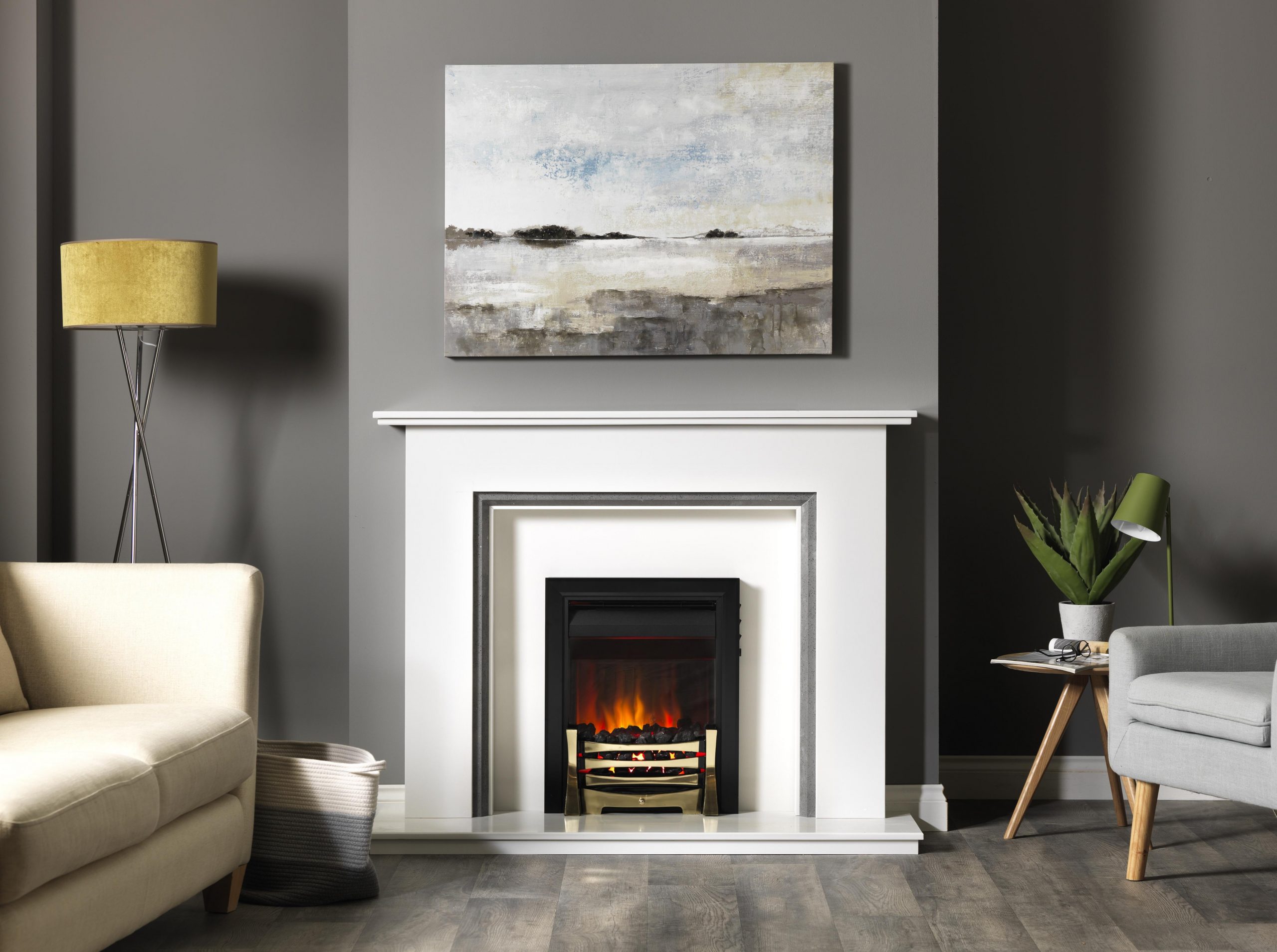
Electric Fires
Our Electric Fire Range – Burley’s wide range of quality fires encompasses the timeless, classically designed traditional models through to the most contemporary wall mounted fires with LED light source and unique hand-finished trims.

Find Your Ideal Electric Fire


FAQs About Electric Fires
Here are some commonly asked questions about Electric Fires. For more detailed buying guides and general FAQs please visit our Blog.
Guides & FAQs-
How much does an electric fire cost to run?
With electricity costing approximately 10 pence per kilowatt hour, with the heater full on it will cost around 20 pence per hour. With the flame effect only however the cost is only between 0.5 and 0.9 pence per hour.
-
How big a room will a 2kW heater warm?
This is an almost impossible question to answer, it depends on the number of windows, construction, insulation, double glazing etc. In brief, focal point heating should be supplementary to other heating and not the sole heat source in a room.
-
Which fires will fit my inset fireplace?
There is a British standard sized fireplace, 16″ wide x 22″ high, most inset fires are designed to fit this size. Check the overall dimension of the fire and ensure that this fits under the mantel or clear of any other obstructions. Then check the inset dimensions of the fire against that of your fireplace. Many of the Burley models have removable spacers which allow you to alter the depth of the fire, these are shown on the product browser.
-
Can I have a longer cable fitted?
To comply with European standards all products leave the factory with a 2 meter cable with a moulded plug. If a longer cable is needed you will need to find a qualified electrician to fit one, under no circumstances may an extension lead be used.
-
Do I need a fireplace?
No, any of the free standing fires can simply stand on a hearth.
-
Can the fire be used on an extension lead?
It is Burley Appliances policy not to recommend the use of extension leads with our appliances. We have found in the past that some customers have used inappropriate cable ratings in these leads. We have had examples of 13 amp fuses being used in extension lead plugs when the maximum rating of the lead was 5 amps. This practice leads to overheating of the cable and/or plug and possible fire hazards. We realise that not all customers who wish to use an extension lead with our appliances would necessarily use an inappropriate lead but in the interests of safety we do not recommend their use at all. It is important for the safe conduction of electricity that connections are not only electrically sound but are also mechanically sound, loose fitting wiring or plugs into sockets are liable to cause a resistance to current flow and overheating, it is not unusual to find that the wiring at the back of a wall socket has over the years become loose, this is due to the heating and cooling of the wiring as current is drawn through it. All currents produce heat in a conductor that is why it is important to use the correct size of cable to suit the current being drawn by the appliance. The above conditions apply equally as well to the socket attached to an extension lead. Extension leads in general tend to have a much harder life than fixed wired wall sockets, it is too easy to pull on the extension lead and after a time the strain on the connections at the plug and/or socket end could lead to the connections becoming loose, this is the situation where overheating occurs. In the event that the cable supplied with the appliance is unable to reach the socket outlet which the customer intends to use we recommend that the complete cable is replaced with an appropriately rated cable and plug. This action should be carried out by a suitably qualified person.
-
What does the thermostat do?
The first thing to understand is that the thermostat operates to control the temperature of the room.It will switch the heater on and off to maintain a constant room temperature. Turning the thermostat to a high number does not increase the heat coming out of the heater. The output is constant at two kilowatts, but it will result in the heater running for a longer period, thus giving a higher temperature in the room. How to set the thermostat. (A) Switch on the fire. (B) Turn the thermostat to number 10. (C) When the room is at a level of warmth that you require, then turn the control knob back very slowly until you hear a click, and the heater stops. (D) Leave the thermostat at that number. The heater will then switch on & off to maintain the temperature you selected. Please note that number 10 will not give more heat than number 2.

